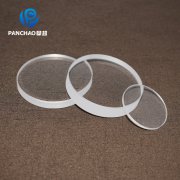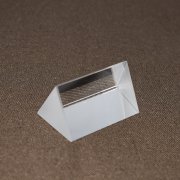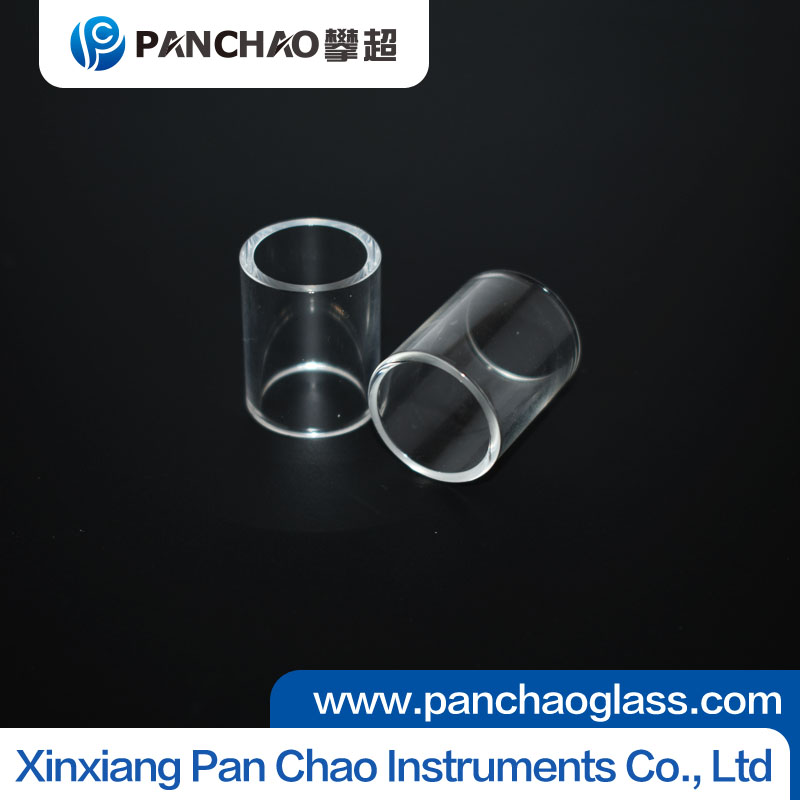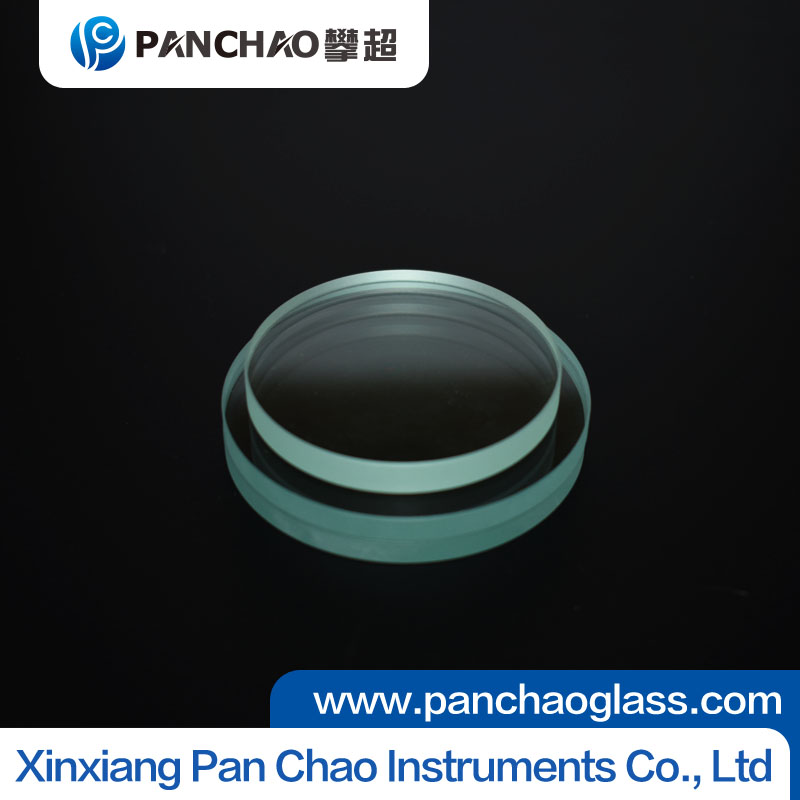
How to distinguish high borosilicate glass from ordinary glass? (Practical Techniques)
High borosilicate glass is widely used in laboratory vessels, heat-resistant kitchenware, optical instruments and other fields due to its excellent heat resistance and chemical corrosion resistance. However, there are also many cases in the market where ordinary glass products impersonate high borosilicate glass. If consumers and researchers misuse ordinary glass, it may lead to safety hazards. Therefore, mastering some practical identification skills is crucial.
1. Observe the transparency and gloss of the glass
High borosilicate glass typically has high transparency and a smooth surface, making it less prone to bubbles or impurities. However, ordinary glass may have slight impurities, color differences, or lower glossiness due to different manufacturing processes. If the two are placed side by side and the transmission effect of light is carefully observed, high borosilicate glass is often clearer and more transparent.
2. Distinguish by tapping and listening to sound
Gently tapping glass with fingers or small metal objects, high borosilicate glass usually emits a crisp and long echo, while ordinary glass has a dull and short sound. This is because high borosilicate glass has a lower density and a more stable internal structure.
3. Conduct a simple heat resistance test
One of the biggest characteristics of high borosilicate glass is its high temperature resistance and ability to withstand large temperature differences. If a glass container is poured into hot water (about 100 ℃) and quickly placed into cold water, high borosilicate glass will not break, while ordinary glass may shatter due to a large temperature difference due to its high coefficient of thermal expansion. Of course, this type of testing carries certain risks and needs to be conducted in a safe environment to avoid damage caused by glass breakage.
4. Observe the thickness and weight
The density of high borosilicate glass is slightly lower than that of ordinary glass, so under the same volume, high borosilicate glass will be slightly lighter. In addition, many high borosilicate glass products, such as laboratory vessels and heat-resistant glass cups, are usually designed to be thinner, while ordinary glass cups are often thicker.
5. Acid and alkali resistance test
High borosilicate glass has strong resistance to chemical corrosion and can be exposed to acids, alkalis, or organic solvents for a long time without damage. If some weak acid (such as vinegar or lemon juice) is applied to the surface of the glass and left to stand for a period of time, then wiped with clean water, high borosilicate glass will still remain shiny, while ordinary glass may have slight corrosion marks.
6. View product identification and certification
Legitimate high borosilicate glass products usually have clear labeling, such as the words "BOROSILICATE GLASS" or "heat-resistant glass". If it is a laboratory vessel, you can check if there is a standard certification, such as "3.3 BORO" (referring to borosilicate glass 3.3, commonly seen in laboratory vessels).
7. Use polarizing film testing
If you have a polarizer or sunglasses at hand, you can observe the reaction of the glass in a polarized environment. Ordinary glass may exhibit colored stripes under a polarizer, while high borosilicate glass typically does not have obvious colored stripes. This is because ordinary glass may have significant internal stress during the manufacturing process, while high borosilicate glass, after special treatment, has lower internal stress.
conclusion
Through the above methods, we can distinguish high borosilicate glass from ordinary glass from multiple perspectives such as transparency, sound, heat resistance, weight, chemical corrosion resistance, product identification, and polarizing film. For scenarios such as laboratories, kitchens, or optical instruments that require the use of high borosilicate glass, mastering these techniques can effectively avoid the misuse of ordinary glass, ensuring the safety and efficiency of experiments and daily life.
Related articles
- Environmental advantages of high borosilicate glass: recyclab
- Decrypting high borosilicate glass: the 'invisible guardian'
- Chemical composition and physical properties of high borosili
- How is high borosilicate glass refined? Unveiling the product
- High borosilicate glass: an ideal choice for pharmaceutical p
- The application prospects of high borosilicate glass in the f
- A must-have for the laboratory! Guide to purchasing high boro
- Unveiling High Borosilicate Glass: Why Can It Endure "Hot a
- High borosilicate glass vs ordinary glass: who is the real wi
- The Cross disciplinary Legend of High Borosilicate Glass

Xinxiang Pan Chao Instruments Co., Ltd.
Tel: +86 13343800331
Contact person:Carrie Niu
Fax: 0373 303 0331
Email:sales@panchaoglass.com






